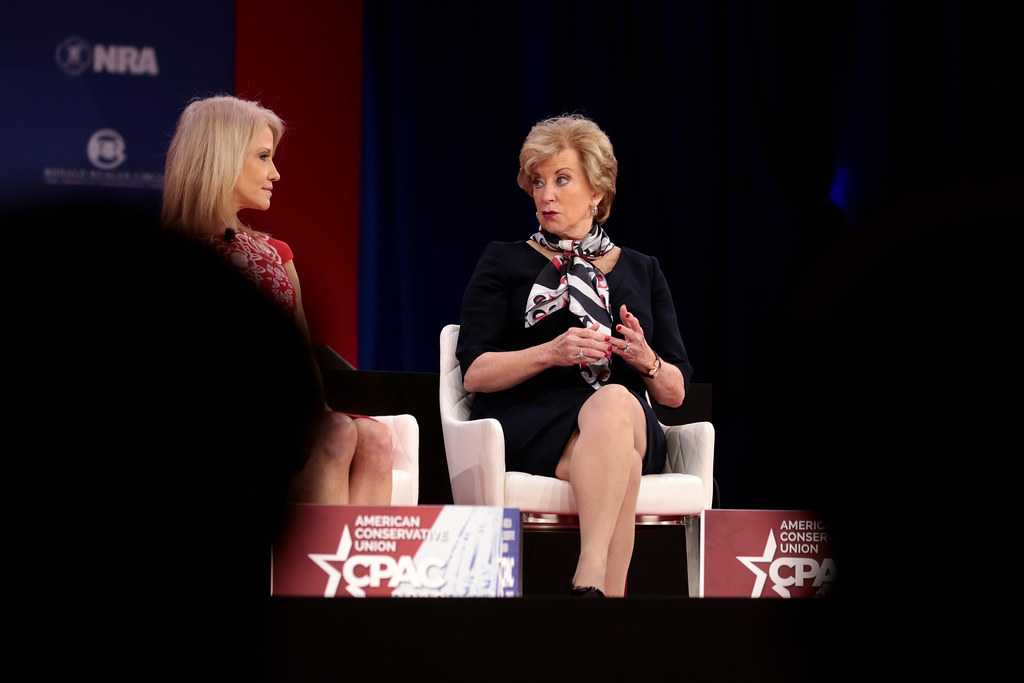Key Takeaways:
– Linda McMahon seeks approval to lead Education Department.
– McMahon expresses support for President Trump’s plan to abolish the Department of Education.
– McMahon encourages the idea of returning educational power to individual states.
Linda McMahon, eyed as the Department’s head, faces the Senate committee
The Senate Committee on Health, Education, Labor and Pensions are presently evaluating Linda McMahon. McMahon is aiming for approval to become the head of the Department of Education. This decision becomes even more critical given President Donald Trump’s desire to abolish this federal department.
McMahon supports the president’s view on education
Senator Billy Cassidy, the committee chairman, questioned McMahon about Trump’s plan to dissolve the Education Department. In the spotlight, McMahon professed her full support for the President’s initiative. Her stance is all about transferring educational control back to state governments. In effect, she’s all in for returning educational responsibilities to the hands of individual states.
Why does this matter to you?
If you’re wondering what this means for you, here’s a simple breakdown. The federal Department of Education, as it stands now, determines education policies on a federal scale. They also administer and coordinate most federal assistance to education. If the department is abolished, these duties will be passed to state governments.
This transfer means your state government will have more control over the educational system in place. They’d establish their own education policies and manage federal assistance directly. The idea behind this move, as McMahon and President Trump see it, is to allow more localized control and decision-making.
Does the local control matter?
In the chain of command, the people closer to the community often have a better understanding of local needs. By moving control of education to state governments, proponents hope to improve the education system. They aim to provide provisions that are better tailored to individual community needs.
However, this shift doesn’t come without potential pitfalls. Some people worry that it could lead to inconsistencies in the quality of education across different states. The local government’s ability to manage this new responsibility could be put to the test.
Are we ready for the change?
Whether we are ready or not, the idea of moving control of education back to the states is on the table. While the thought infuses some with optimism, others dread potential disparities. Never the less, a clear consensus or approval is yet to emerge, and the road to implementation, should it come to pass, may not be easy.
For now, McMahon’s opinion is clear: she backs President Trump’s proposal. Her unwavering position adds a crucial vote in favor of carrying out this significant change in the structure of the US education system.
Strength in diversity or disparity in control?
If approved to the post, McMahon would champion this cause further. Yet, the ultimate decision lies within the Senate committee. If they approve of Trump’s proposal, a new era for the American education system might be upon us. In this era, power lies within the states. But with power, comes responsibility. States’ management of their respective educational systems holds the potential to either strengthen diversity or increase disparity.
In conclusion, McMahon’s stance underlines the growing debate over state versus federal control of education. Whichever side wins, the outcome will significantly shape the future of American education.
No matter what, the heart of the matter remains the same: providing the best possible education for America’s youth. Now more than ever, it’s essential to stay informed about these policy changes, as they directly impact our communities and children’s futures.

